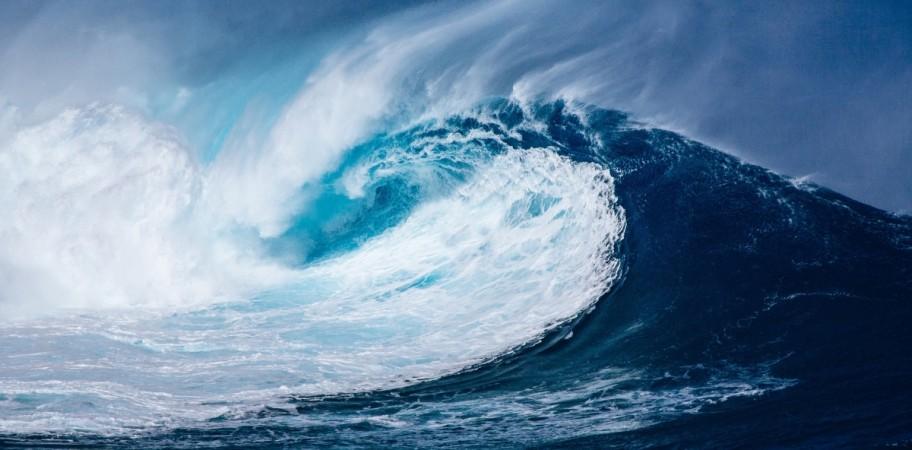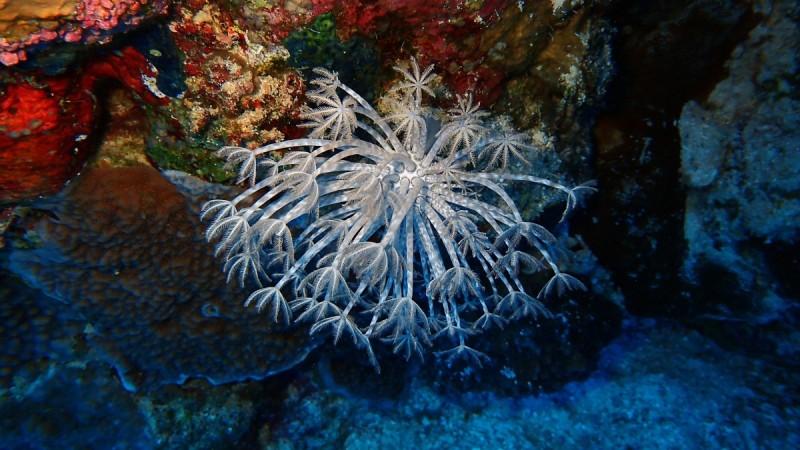
Slime seems all fun and games to play with, but researchers are now explaining exactly how dangerous slime accumulations on the sea's floor could be.
Coming from the remains of microscopic organisms on the seafloor, these slime accumulations have the potential to trigger catastrophic tsunamis as they have now been revealed to be the cause of submarine landslides and other disastrous shifts in the Earth's crust.
A tsunami – or tidal wave – is a series of giant waves created by a disturbance in the ocean. The disturbance could be anything – from landslides, volcanic eruption or an earthquake underwater, to even a meteorite.
A new report from the Helmholtz Center for Ocean Research Kiel, published in the research journal Geology, has now stated that landslides in the ocean are vastly different from those on land — especially in terms of their scale and intensity, thereby making them more disastrous.
And as Daily Mail Online reported, the researchers combined seismic data with sea-floor samples collected by the Ocean Drilling Program to get to the root cause of these potentially dangerous landslides.
The report said: "When the seabed loses its stability and starts to move, it often happens in much larger dimensions than landslides ashore — and at slopes with very low gradients."

Study author Dr Morelia Urlaub also explained: "Submarine landslides happen on very shallow slopes, often with gradients as low as one or one-and-a-half degrees." She also said significant amounts of damage can occur even from a landslide on a fairly flat surface. She said: "Displacement of large amounts of sediment under water can cause devastating tsunamis."
The study took into account two dangerous seafloor landslides for inference. One took place 8,150 years ago and was able to displace a seafloor area the size of Scotland, causing a tsunami up to 65.6 feet tall that hitting Norway and the Shetland Islands particularly hard.
In the second instance, however, the data analyzed was based on a submarine landslide that took place off the coast of Mauritania in Northwest Africa, and it showed "that a certain stratification of the seafloor was responsible for at least one slide in this region," as per the report.
And while the report also said that "when a layer gives way, all overlying layers move down the slope," luckily, in case of the Northwest Africa landslide, certain parts of the slope that caused the shift were still intact.
So when Urlaub's team studied seafloor samples and seismic data, they were finally able to figure out the composition of the slope. "We were able to use these old 1980s cores to look for the weak point in the slope," she explained.
"The combination of this drilling and seismic data showed that the slope was slipping just where a clay layer overlies ooze made up of the remains of fossil planktonic organisms."

It was soon revealed that this "ooze" was the potential cause of the eventual collapse of the sea floor. "These phytoplankton organisms form shells out of silica. In some phases of the earth's history, large amounts of diatoms form, the shells of which, after dying, sink to the bottom of the sea and form thick layers," explained the report.
"Since diatomaceous oozes appear to be a common feature off the Northwest African coast as observed in seismic data, the authors assume that this phenomenon is also the reason for other mega-slides in the region."
While the report does mention that figuring out the exact causes behind these landslides is made difficult due to their "inaccessibility", it also happens to be a breakthrough in terms of the causes behind these submarine tsunamis, as very little was previously known about them.
The findings of the report have even provided a substantial explanation that could probably help predict these landslides, and thus holds the potential for mapping out safety risks of offshore activities.













